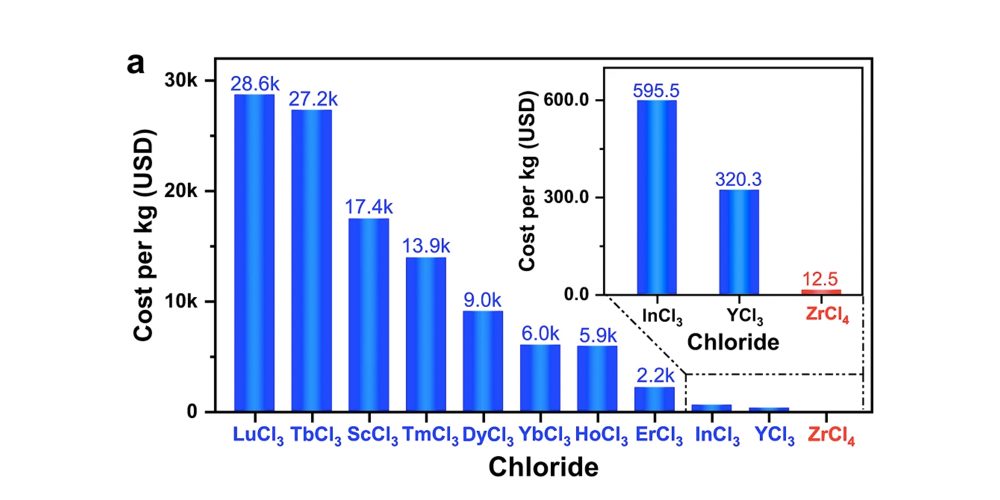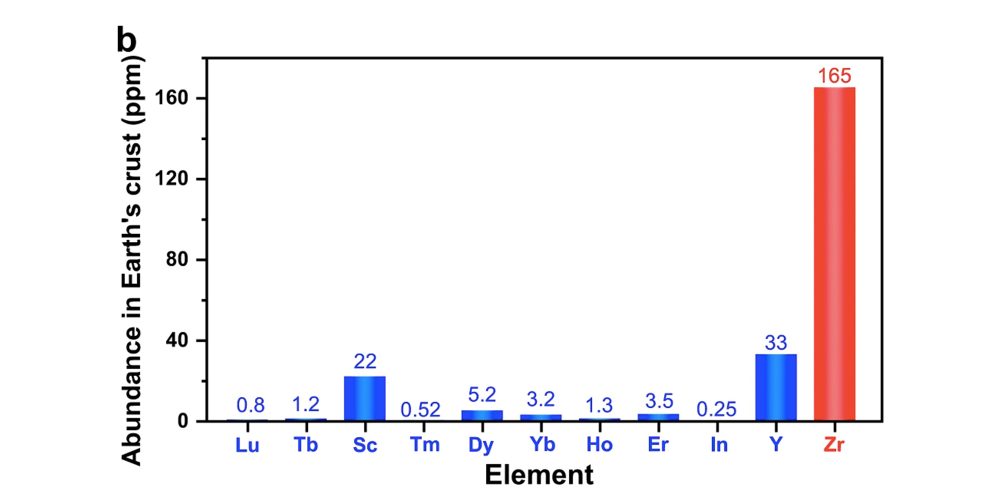A team at University of Science and Technology of China has developed a new material that could potentially help lower the production costs of solid state lithium batteries and accelerate their commercialization into EVs. The new material, lithium zirconium chloride, offers a reduced material cost and necessary performance, all while remaining stable.
As published on Nature Communications this week, a research team from the University of Science and Technology of China led by Professor Ma Cheng believes its new material will help accelerate solid state battery production, due to its low-cost and comprehensive performance.
The study, titled A cost-effective and humidity-tolerant chloride solid electrolyte for lithium batteries, details the new material called lithium zirconium chloride or Li2ZrCl6, and how effective it can be.

A scalable solid state battery has yet to see production, but a team from the University of Science and Technology of China believes it may have discovered the material necessary to accelerate this process.
Its raw materials are several orders of magnitude cheaper than those for the state-of-the-art chloride solid electrolytes, but high ionic conductivity (0.81 mS cm–1 at room temperature), deformability, and compatibility with 4V-class cathodes are still simultaneously achieved in Li2ZrCl6. Moreover, Li2ZrCl6 demonstrates a humidity tolerance with no sign of moisture uptake or conductivity degradation after exposure to an atmosphere with 5% relative humidity.

Chinese team’s new material could hurry solid state battery production
According to the study, Cheng’s team was able to successfully reduce the cost of the raw material to $1.38 per square meter (m²) for 50 micron thickness. For context, the cheapest solid state electrolyte cost was previously $23.05/m².
Solid state electrolyte materials have serious potential to replace liquid electrolytes entirely, but only if mass production can balance both cost and performance.
Sourcing new abundant materials
According to the study, Zirconium is a non-lithium element that exists in abundance in the Earth’s crust, compared to other materials used in solid state batteries. This can also lead to more scalable and cost-effective production in the future.

According to CnEVPost, Cheng and his team will continue their research to improve the stability of Li2ZrCl6 to lithium metal, followed by the development of energy dense, soft pack batteries based on this new material.
Furthermore, they are working with a number of companies to advance the commercialization process of solid state battery production.
Link to research paper in Nature:
https://www.nature.com/articles/s41467-021-24697-2
Source: Extract from Electrek, July 27th 2021
Leave a Reply
You must be logged in to post a comment.